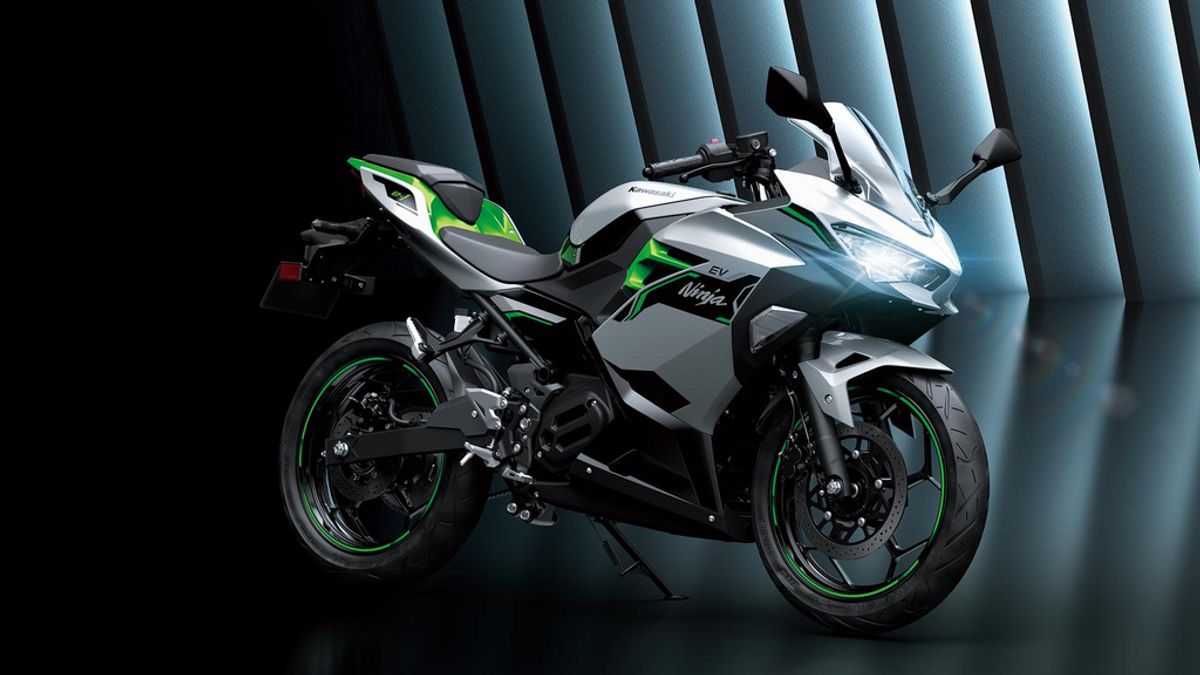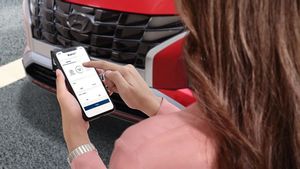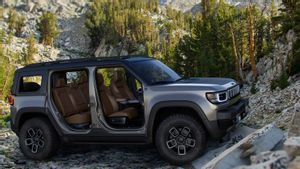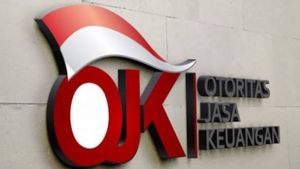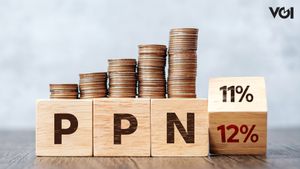JAKARTA - Kawasaki launched two electric motorcycles, Ninja e-1 and Z e-1, which will be presented at the British market in the near future. The two motorbikes also marked the early epoch of the Japanese manufacturer's electrification.
Both the Ninja e-1 and Z e-1, have a distinctive appearance of Kawasaki's motorbike, have designs that tend to be aggressive and futuristic, sharp lines, aerodynamic fairing, and display that reflect speed. To complement the dashing and sporty impression, the brand presents Metallic Bright Silver and Metallic Matte Lime colors on both models.
Reporting from Rideapart, Friday, September 15, the Ninja e-1 and Z e-1 models offer zero-coupling operations, such as electric motors in general. Both models have driving modes, such as Road and Eco.
Ninja e-1 and Z e-1 have the power of a brushless electric drive that can produce 6.7 dk to 12 dk according to consumer demand. Because the power generated from the system, it can make these two motors go up to a maximum speed of 99 km/hour with the e-boost feature.
In order to facilitate charging, Kawasaki uses twin batteries that can be linked in parallel and allow it to be removed. But unfortunately, the manufacturer has not announced the distance between these two models.
The manufacturer, based in Kobe Crystal Tower, Japan, also provides other features such as full color TFT dashboards, gadget connectivity, ABS, and brakes like those in other 400cc gasoline-engined models.
Other features presented in these two models, namely walking mode, make it easier for new and small-paced riders to run both motorbikes both in a state of progress and backward at low speed.
SEE ALSO:
Accessories will also be provided by this motorcycle brand including a special Ergo-Fit seat option so that this motorbike has a comfortable seat for many motorists.
Just like other automotive manufacturers, Kawasaki has launched to switch to producing environmentally friendly vehicles by releasing two BEV motorbikes this year, namely Ninja e-1 and Z e-1, then HEV motorcycles in 2024, hydrogen-fueled vehicles in early 2030, and other emission-free mobility including developing carbon-neutral ICE engines.
The English, Chinese, Japanese, Arabic, and French versions are automatically generated by the AI. So there may still be inaccuracies in translating, please always see Indonesian as our main language. (system supported by DigitalSiber.id)
